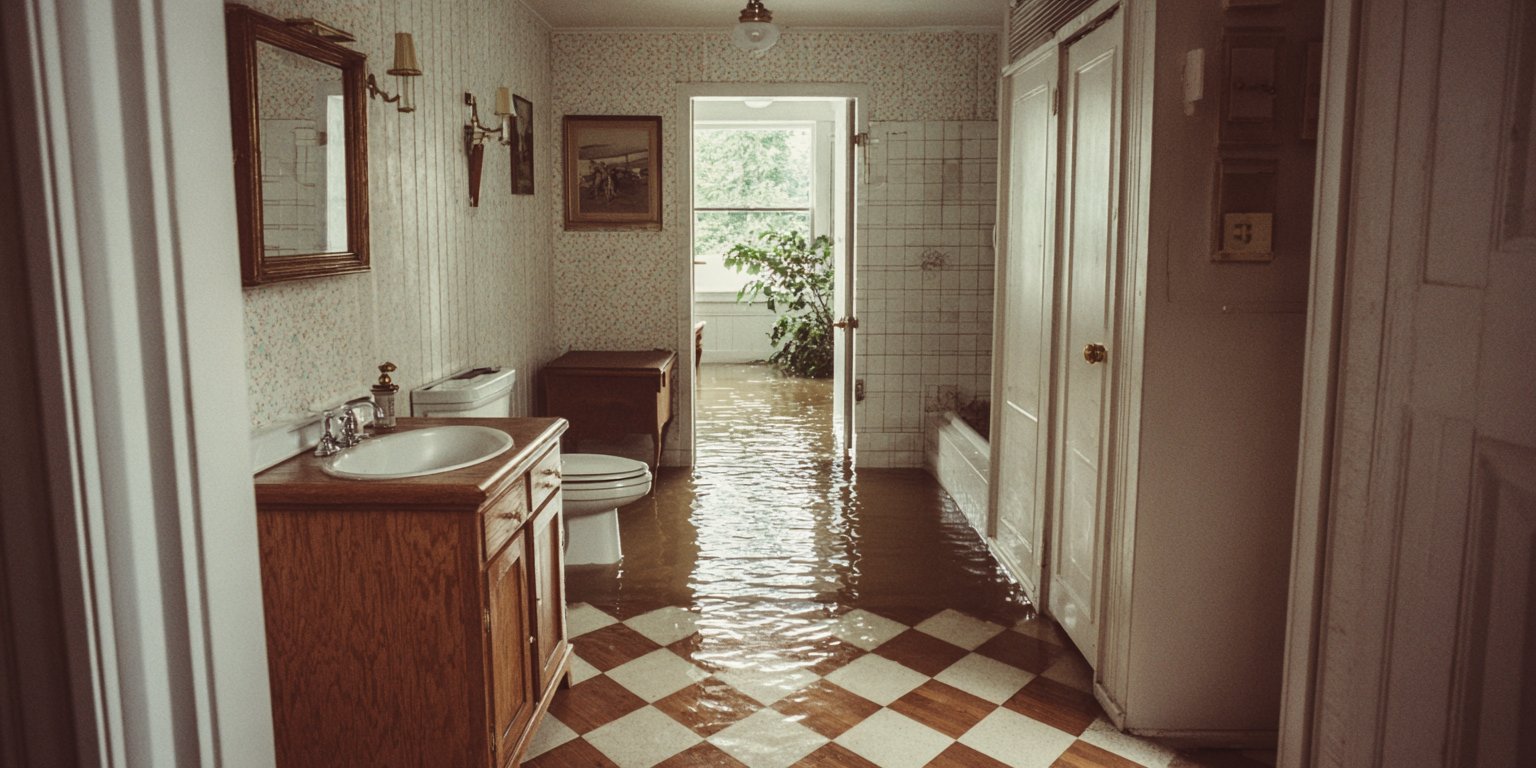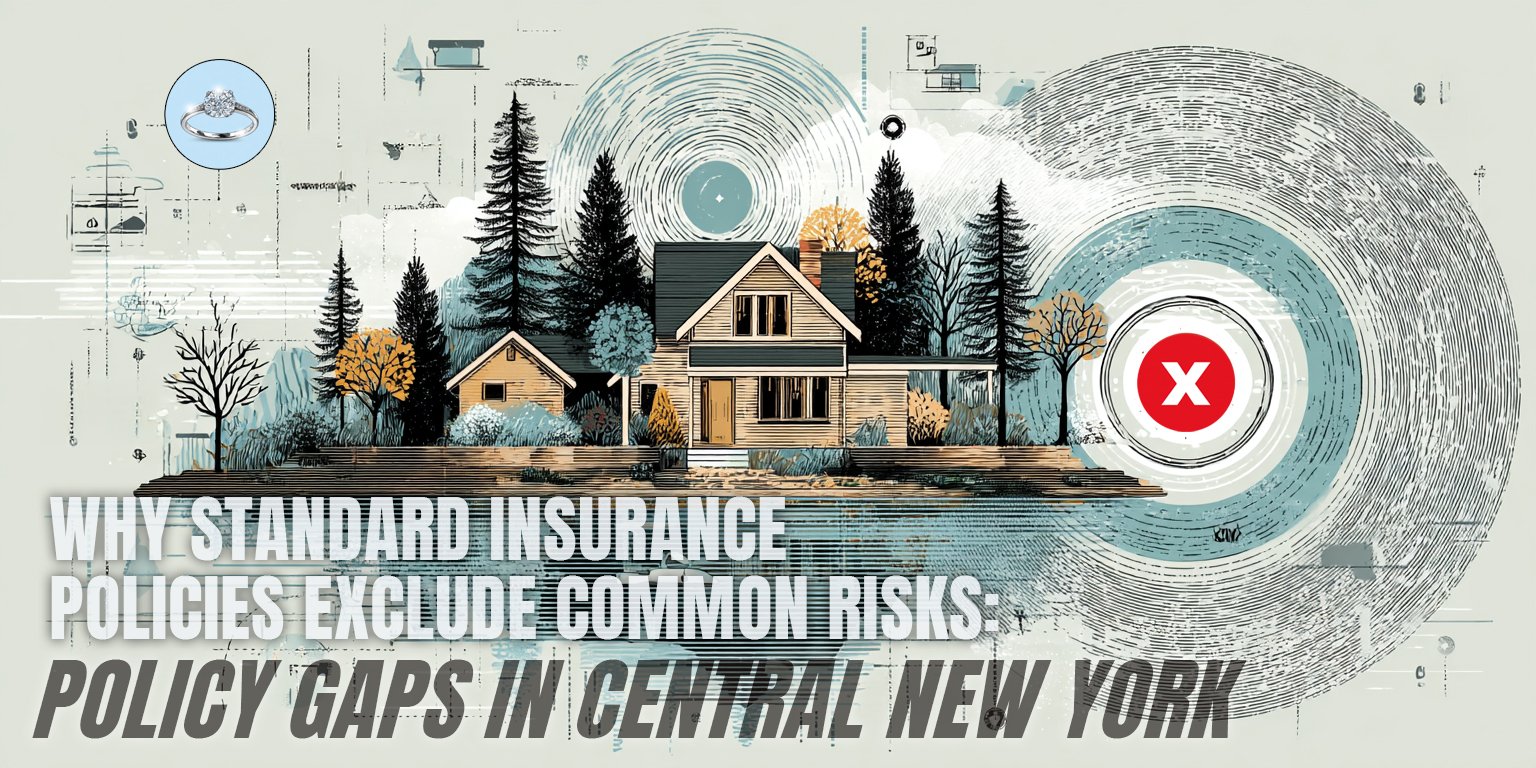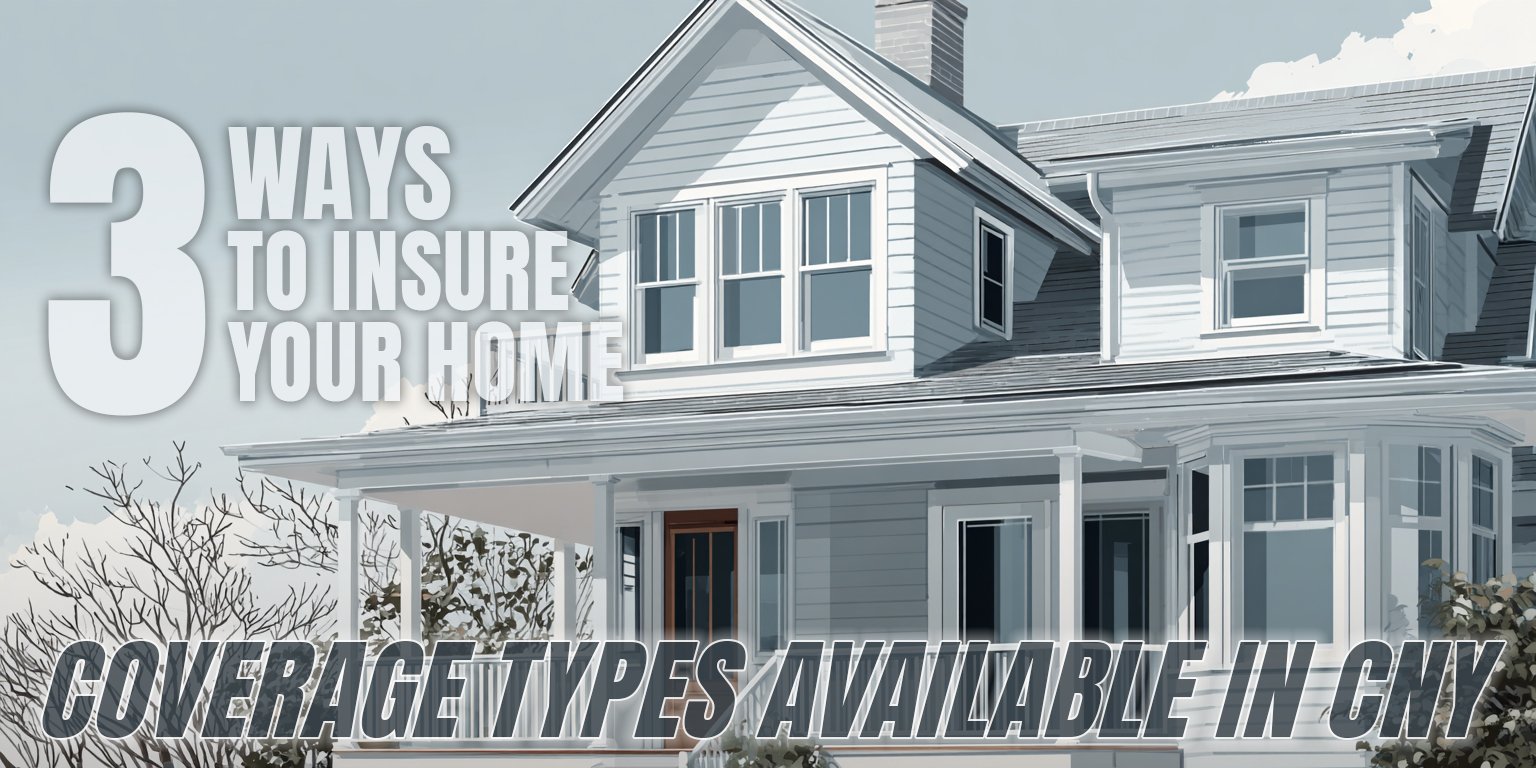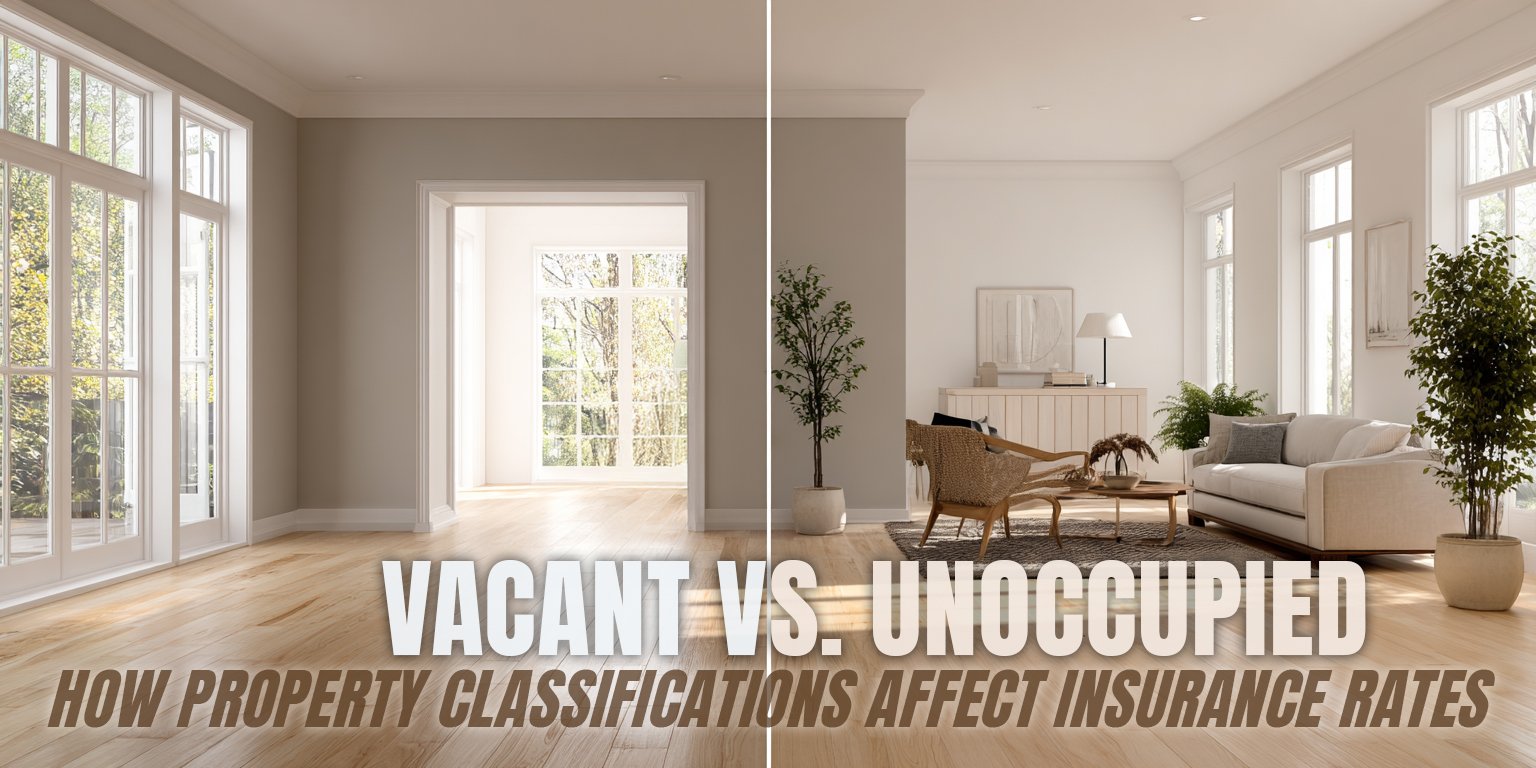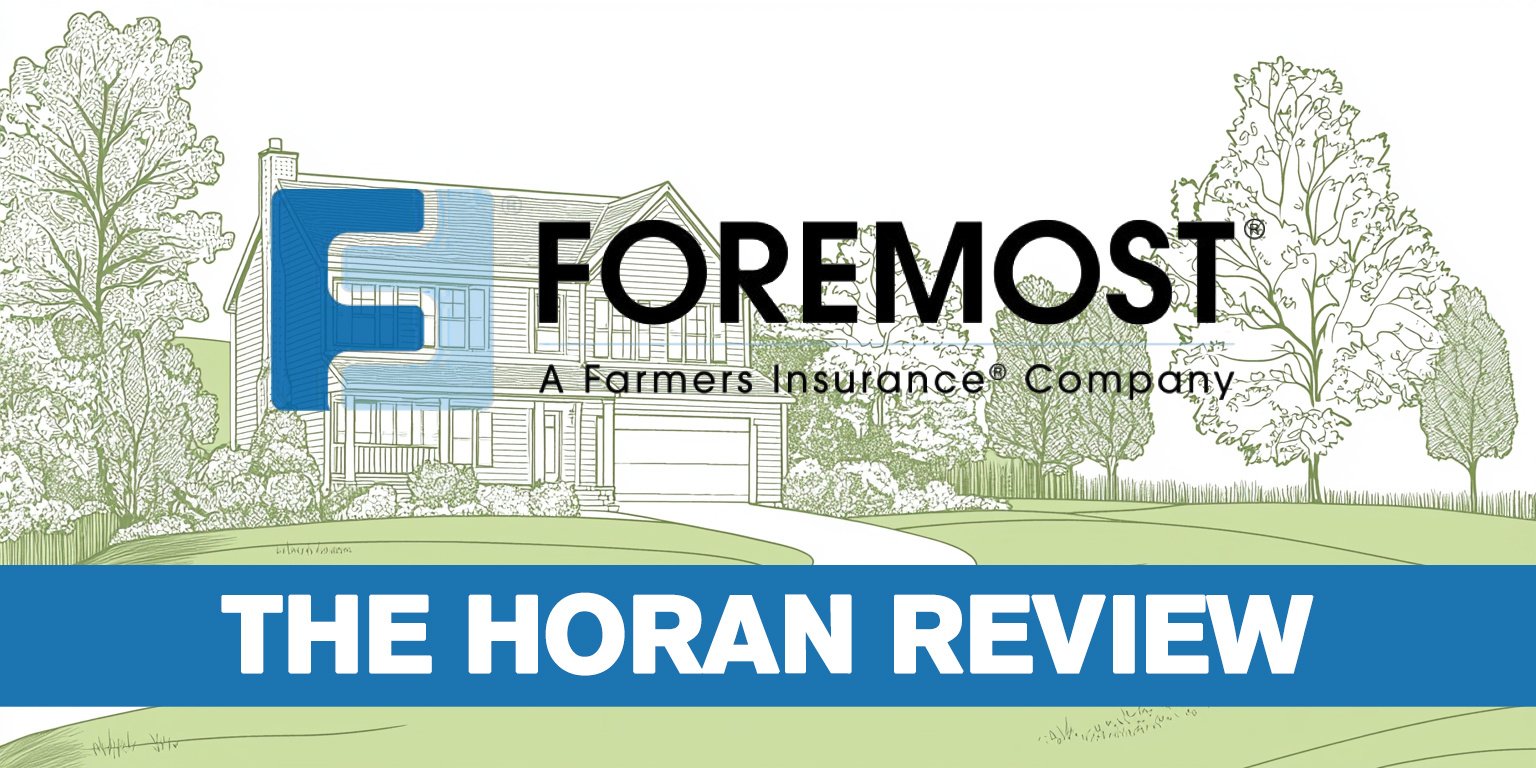CNY Home Insurance Claims: When Material Depreciation Becomes a Dispute
October 13th, 2025
5 min read

You've filed an insurance claim for storm damage to your Central New York home, expecting a fair settlement based on today's repair costs. Instead, your carrier offers significantly less, citing depreciation on your 15-year-old roof and aging siding.
The gap between what you need for repairs and what they're offering feels overwhelming, leaving you uncertain about your next steps.
At the Horan insurance agency, we assist Central New York property owners with information about the claims process, including situations where depreciation calculations become contentious.
As an independent agency working with multiple carriers, we understand how these disputes develop and what options property owners have when settlement offers don't align with repair needs.
In this article, we'll explore how depreciation disputes arise during insurance claims, what documentation strengthens your position, and when additional professional assistance might be warranted for resolving disagreements with your carrier.
How Central New York Weather Patterns Affect Depreciation Calculations in Insurance Claims
Depreciation disputes often stem from disagreements about how local weather conditions affect material aging. In Central New York, our unique climate creates specific challenges for property assessments.
Insurance adjusters must distinguish between normal wear from our freeze-thaw cycles and actual storm damage. A roof showing granule loss might reflect 15 years of Syracuse winters rather than recent hail damage.
Depreciation primarily becomes a concern if your policy was written on an Actual Cash Value (ACV) settlement basis rather than replacement cost coverage. Most homeowners policies in Central New York provide replacement cost coverage, which pays to replace damaged property with new materials without deducting for depreciation (though some withhold recoverable depreciation until repairs are completed).
However, ACV policies deduct depreciation from claim settlements, paying only the current value of aged materials. Review your declarations page or contact your insurance agent to determine your coverage type, as this distinction fundamentally affects whether depreciation disputes will impact your claim settlements.
For policies where depreciation applies, storm damage to aging materials creates specific valuation challenges.
Consider this scenario: Your Liverpool home's vinyl siding cracks during an ice storm. The adjuster determines the siding is 12 years old with a 25-year expected life. Rather than paying $8,000 for full replacement, they calculate depreciation at roughly half the useful life, offering around $4,000.
If local contractors quote $7,500 for matching siding that's no longer manufactured, you face a significant coverage gap.
These situations become more complex when adjusters from other regions unfamiliar with Central New York's climate patterns make assessments that don't account for how our weather accelerates normal aging.
Learn about Weather-Resistant Building Materials That Help Your Central New York Home Stand Strong Through Harsh Seasons.
Documentation That Strengthens Your Position During Depreciation Disputes
When depreciation calculations seem unreasonable, specific documentation can support your position during discussions with your carrier.
Maintenance records demonstrate proactive care that extends material life. If you've cleaned gutters annually, sealed your driveway every few years, or replaced damaged shingles promptly, these records show the property received proper upkeep. This documentation can counter arguments about excessive depreciation due to neglect.
Professional assessments from local contractors familiar with Central New York construction provide valuable perspective. A roofing contractor who's worked in Onondaga County for 20 years understands how materials perform in our climate better than someone applying general depreciation schedules.
Photographs taken before and after the loss help establish the difference between pre-existing wear and new damage. Many CNY property owners now document their property's condition annually, creating a visual record that supports claims discussions.
Receipts for improvements or upgrades affect depreciation calculations. If you installed impact-resistant shingles five years ago, that information influences how an adjuster should evaluate storm damage to your roof.
In addition to documenting the structure, learn about documenting your personal belongings and contents as well.
Understanding Your Options When Settlement Offers Fall Short of Repair Costs
Several paths exist when depreciation-related settlement offers don't cover adequate repairs. Each option carries different requirements and potential outcomes.
Policy Language Review and New York Matching Requirements
Policy review often reveals coverage details that affect depreciation calculations. Some policies include provisions for "matching" materials when partial replacements can't achieve uniform appearance.
New York State regulations require matching of materials in visible areas (such as a roof plane or side of a house) when perfect replacements aren't available. Others contain language about "like kind and quality" that influences how carriers handle discontinued materials.
Public Adjuster Assessments
Public adjusters can provide second opinions on damage assessments. These licensed professionals work for property owners rather than insurance carriers, offering alternative perspectives on both damage scope and depreciation calculations.
In Central New York, public adjusters familiar with local construction methods and material performance provide valuable expertise.
State-Sponsored Mediation Programs
Mediation programs, available through New York State's Department of Financial Services, offer structured processes for resolving disputes without litigation. These programs can address disagreements about depreciation calculations while maintaining your relationship with your carrier.
Contractor-Assisted Settlement Solutions
Contractor negotiations sometimes bridge coverage gaps through alternative repair methods or material substitutions. A Syracuse-area contractor might identify suitable replacement materials that match your original installation while fitting within your settlement parameters.
When Professional Assistance Becomes Necessary for Complex Depreciation Disputes
Some depreciation disputes require additional expertise to reach resolution. Recognizing these situations helps you decide when to seek professional assistance.
Engineering assessments become valuable when disputes involve structural elements or complex systems. If your carrier questions whether foundation damage resulted from recent ground freeze or long-term settling, a structural engineer's evaluation provides technical analysis that supports your position.
Public adjusters represent property owners throughout the entire claims process, from initial damage assessment through final settlement. These licensed professionals understand depreciation calculation methods and can advocate for appropriate valuations based on local market conditions.
Appraisal provisions in most insurance policies provide formal processes for resolving valuation disputes. When you and your carrier can't agree on depreciation calculations, either party can trigger the appraisal process, which results in binding decisions about claim values.
Building a Strong Foundation for Future Claims Through Proper Documentation
Proactive documentation reduces the likelihood of depreciation disputes in future claims. Simple steps taken now can strengthen your position if you need to file claims later.
Annual property documentation creates baseline records for comparison after losses. Walk through your property each spring, photographing all exterior surfaces, systems, and improvements. Store these images with dates and descriptions in a secure location away from your property.
Maintenance logs demonstrate ongoing care that counters excessive depreciation arguments. Record roof inspections, HVAC servicing, exterior painting, and other upkeep activities. Include dates, contractor information, and photographs when possible.
Improvement records with receipts, permits, and installation dates help establish accurate depreciation starting points. When you replace windows, update electrical systems, or install new flooring, maintain complete documentation that proves installation dates and material quality.
Professional inspections from qualified contractors provide expert documentation of property conditions. Consider having roofing, electrical, or plumbing professionals assess major systems periodically, creating professional records that support future claims discussions.
Taking Control of Your Insurance Claim Resolution in Central New York
Depreciation disputes don't have to leave you feeling helpless or frustrated with your insurance coverage. Understanding how these disagreements develop, what documentation supports your position, and when professional assistance becomes valuable puts you in a stronger position for reaching fair resolutions.
Property owners who prepare for potential disputes through proper documentation and understand their policy provisions navigate the claims process more successfully. Those who ignore depreciation calculation methods or fail to maintain adequate records often find themselves at a disadvantage when disputes arise.
The Horan insurance agency works with Central New York property owners to provide information about insurance claims processes and coverage options that address depreciation concerns. We can discuss policy features that limit depreciation impacts and carriers that handle claims fairly in our region.
Click the Get a Quote button below to learn about insurance coverage options that better address depreciation challenges in Central New York property claims.
Daniel is an accomplished content creator. He has been working in publishing for almost two decades. Horan Companies hired Daniel as its content manager in November 2022. The agency entrusted its messaging to him. Since then, Daniel has written insurance articles, service pages, PDF guides, and more. All in an effort to educate CNY readers. He's helping them understand the world of insurance so they can make informed decisions.
Topics:










